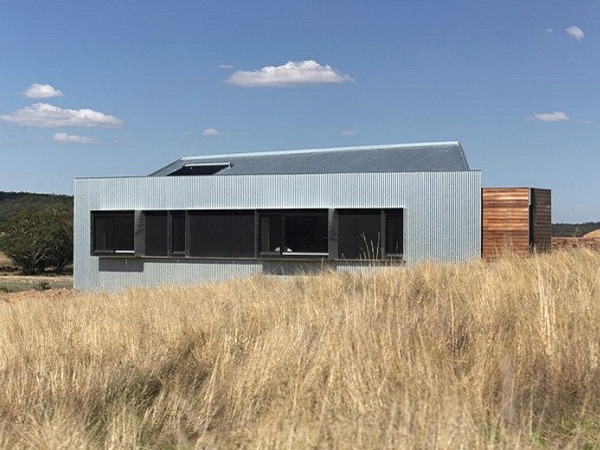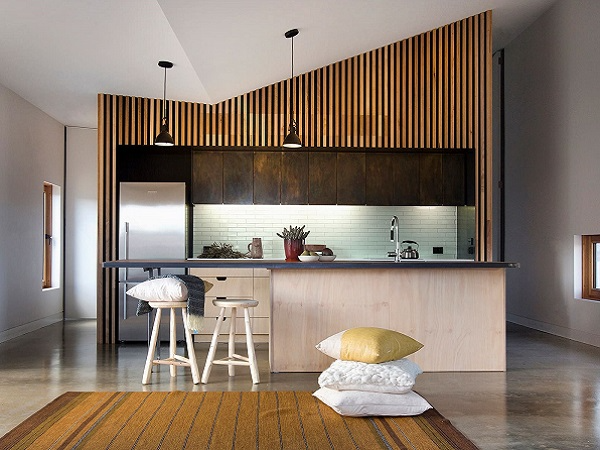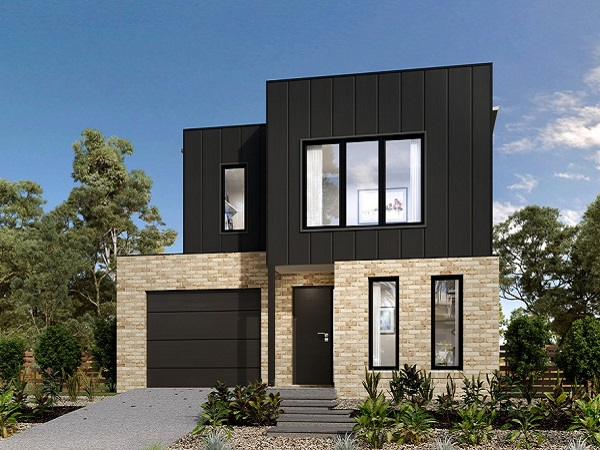
According to ABS figures, the average size of new houses built in Australia in 2018/19 was 228.8 sqm. By global standards, this is high. While exact figures are difficult to come by and vary according to source, it puts us right at the top of global house sizes. We generally come in at number one or number two behind the U.S.
In comparison, in New Zealand the average new house size for same period was just 164.4sqm, the UK’s average was 1590sqm, and in Spain it was 1314sqm.
While high, Australia’s figure of 222.8 sqm was a drop from previous years. There are now more small houses for sale in this country and the average size of new houses being built is on the way down. It’s too early to tell, but this suggests we are moving away from the McMansion phenomenon and following the global trend towards small homes.
Small house design
What exactly does the term ‘small house design’ mean? While there is no exact definition, it generally refers to small homes with a floor area of around 80sqm – 200sqm. This area includes the garage but doesn’t include verandahs, terraces, courtyards, and so forth. In other words, ‘small house design’ refers to homes that are significantly smaller than average size.
The benefits of small house design
Sustainability: because they are below average size, small homes require fewer building materials and therefore carry less embodied carbon. They also require less lighting and less energy to heat and cool.
Reduced cleaning and maintenance: less space also means less vacuuming and mopping; fewer bathrooms mean fewer showers, sinks and toilets to scrub; and fewer appliances equals lower maintenance costs.
Lifestyle benefits: Those who choose to live in a smaller house also reap the benefits of a less cluttered life. They are more likely to only possess what they need and are less likely to become prisoners of consumerism.
How much do small homes cost to build?
The other advantage is cost. As intuition would suggest, small houses cost less. How much less?
While exact estimates are difficult to make, according to the ABS the average cost to build a house in Australia in 2019 was $313,800. Dividing that figure by the average size (222.8 sqm) gives us a figure of $1,408 per sqm. Therefore, a small house, measuring say 150sqm, would cost about $211, 265.
While there are, of course, other costs involved like stamp duty and other fees, the final value is significantly below average. The homeowner can reap the benefits of the lower cost or, alternatively, use those savings to spend more on the house itself. He/she can use the savings on higher quality fittings, beautiful detailing and so forth.
What’s the difference between small homes and a tiny house?
Small house architecture is often confused with the tiny house movement. As the name suggest, the latter involves very small dwellings. While again, exact definitions are difficult, a tiny house is one with a floor plan of around 25sqm or less.
The Tiny House movement is focussed more on things like cost savings and sustainability than design. While it has practical implications in areas like emergency accommodation, small modular homes, social housing, student accommodation and so forth, it is less viable for the broader population.
In contrast, small house design definitely does have broad implications for the design and construction industries and may, perhaps, lead us from the McMansion trend. Unlike the tiny house concept, the small home trend has implications for 3 bedroom house plans and 4 bedroom house plans. In fact, it has implications for the whole industry.
Small house designs Australia – six of the best small house floor plans
1) Fitzroy North House 02 by Rob Kennon Architects
With a 197sqm floorplan, this two-storey family home in Fitzroy North, Melbourne sits on a quiet street with several old terrace houses. Indeed, even though it is a new house, at first glance it appears to be one of these heritage terraces, such is its sympathetic use of the local vernacular.
Built on a typically narrow inner-city block, this beautiful house makes best use of the space available. Its small footprint means it can accommodate both a front courtyard and a rear living cspace.

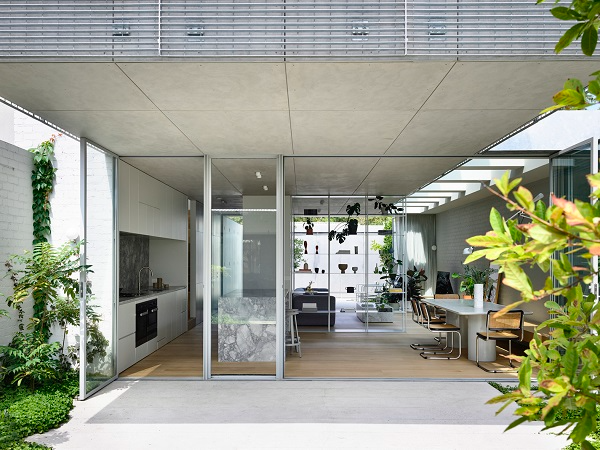
2) Sawmill House by Archier
Prioritising the use of re-used materials and incorporating, for example, 270 locally acquired recycled blocks to form the perimeter walls, this 100 sqm home sits on the site of an old sawmill.
Home to a young family of three, it includes several noteworthy features like a 14-metre section of openable roof over the deck for passive heating during cooler months and an operable roof for cross-ventilation during summer.
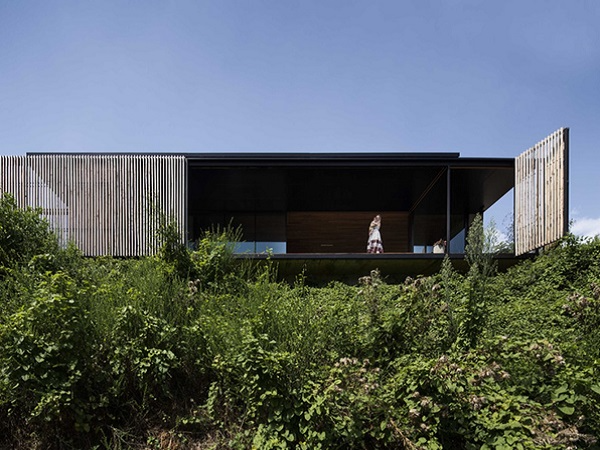
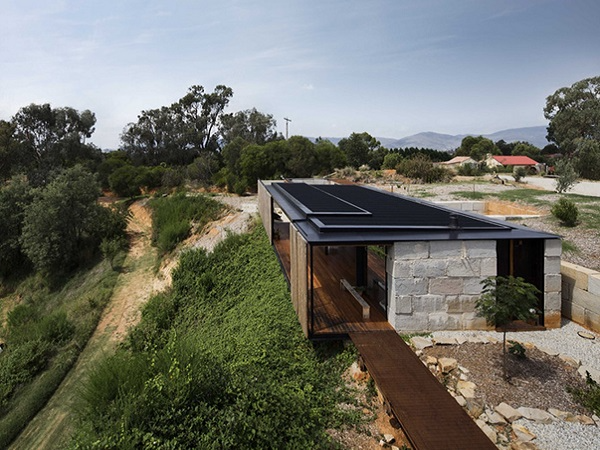
3) Samford Valley Small House
Located just 21km from Brisbane in the Samford valley and with a floor plan of just 80 sqm, this ‘granny flat’ Is a sub-tropical home away from home for an elderly couple.
Its large decks belie its compact size and make the most of the location’s warm climate. In fact, the decks become an extra living space for most of the year. A two-bedroom house, it is based on off a design from Baahouse + Baastudio called Lincoln 2B.
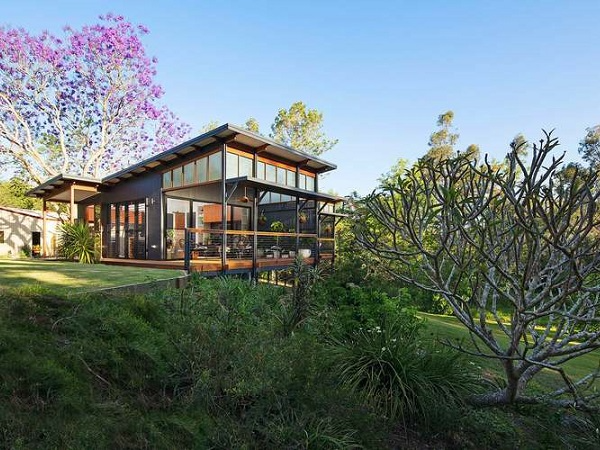
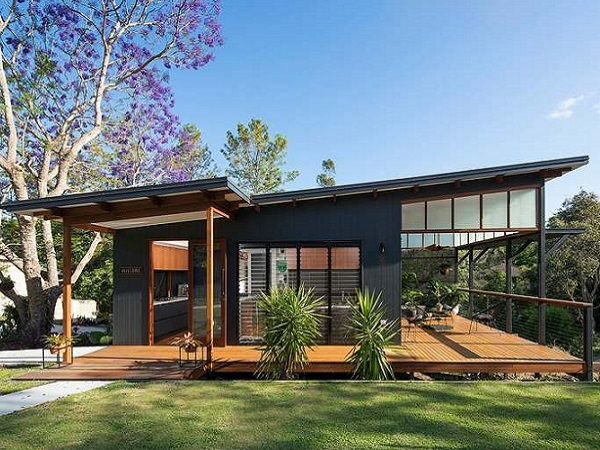
4) Parkdale 179 by GJ Gardner Homes
Designed for very compact and infill sites, the Parkdale by small home builders, GJ Gardner Homes, features an open plan living area with a well-connected kitchen, family, and dining space for entertaining.
An office and powder room finish the ground floor while on the upper floor, four bedrooms including master suite with ensuite and walk-in robe and a family bathroom complete the home. With a floor plan of 179 sqm, the home is suitable for narrow lot widths of 10m minimum.
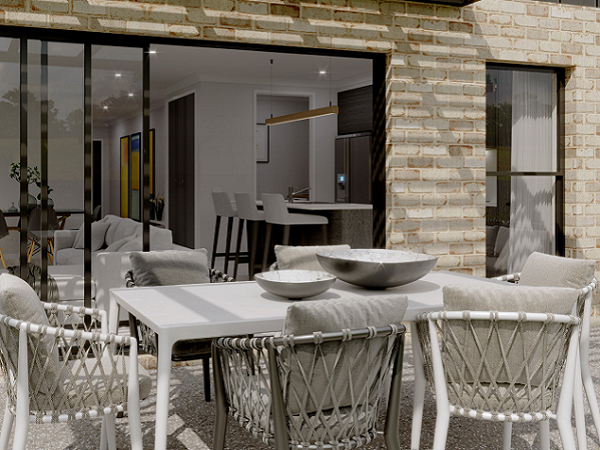
5) Prospect House by Breathe Architecture
Set behind a hill in an otherwise exposed and windy site, this 97 sqm house of galvanised steel and raw ironbark cladding references nearby miner’s cottages and farm sheds. Built with sustainability in mind, it features a large rainwater tank and a worm waste treatment system that ensures no sewage has to leave the site.
Its rich interior features cow hide upholstery, pastel green tile accents, mild steel details and lime-washed ply joinery.
